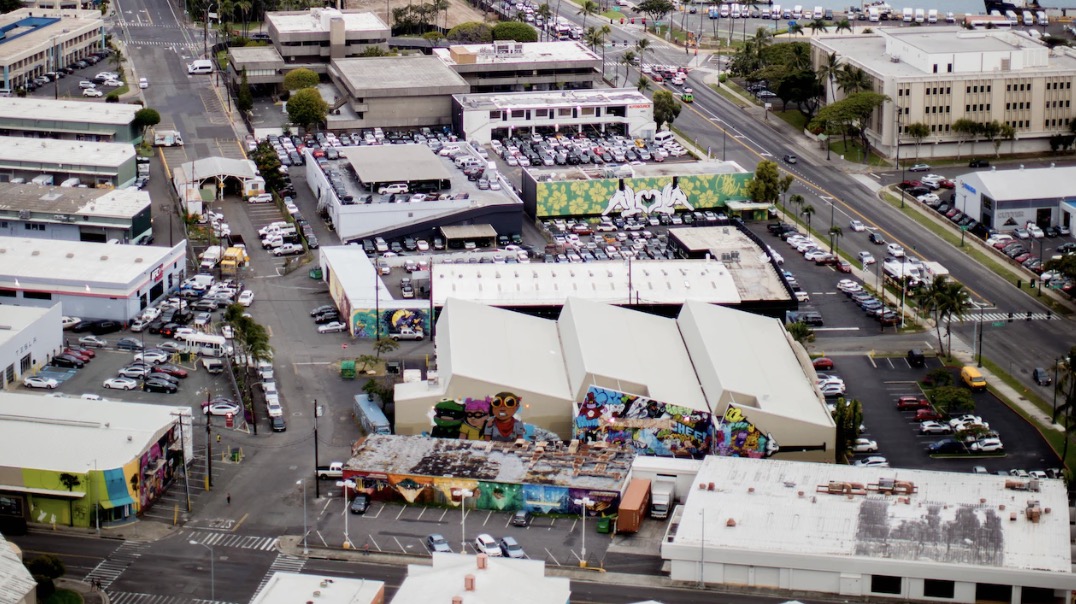Adaptive Reuse of Industrial Properties for Modern Warehousing Needs

1 The rapid growth of e-commerce has led to a surge in demand for modern warehousing facilities, creating a need for more efficient storage and distribution systems. As a result, the adaptive reuse of industrial properties has become a popular solution to meet these modern warehousing needs. Adaptive reuse refers to the process of repurposing an existing building for a new use. In the context of modern warehousing, adaptive reuse often involves transforming an old industrial facility, such as a factory or warehouse, into a modern distribution center. This process can be a cost-effective and sustainable solution for meeting the growing demand for modern warehousing facilities.

One of the key benefits of adaptive reuse is that it can reduce the need for new construction, which can be expensive and time-consuming. By repurposing an existing building, developers can save on construction costs and accelerate the development process, allowing them to respond quickly to changing market demands. This can also help to reduce the environmental impact of new construction, as it minimizes the need for new materials and reduces waste.
So what is Adaptive Reuse in the warehouse industry?
Adaptive reuse can also help to preserve historic buildings and maintain the character of a community. Many old industrial buildings have architectural and cultural value, and adaptive reuse can help to breathe new life into these structures while preserving their historical significance. This can be particularly important in cities and towns that are seeking to revitalize their downtown areas and attract new businesses and residents. In addition to its economic and environmental benefits, adaptive reuse can also provide a range of functional advantages for modern warehousing. Many old industrial buildings have large floor plates and high ceilings, which can be ideal for modern storage and distribution systems. These buildings may also have existing loading docks and freight elevators, which can be repurposed for modern shipping and receiving operations. Furthermore, these buildings may be located in urban areas with easy access to transportation infrastructure, which can help to reduce transportation costs and improve supply chain efficiency.

Where do we go from here?
Despite its many benefits, adaptive reuse can present some challenges. For example, old industrial buildings may require significant renovation and upgrades to meet modern building codes and safety standards. They may also require upgrades to HVAC systems, electrical systems, and fire protection systems, which can be expensive and time-consuming. Furthermore, these buildings may have environmental issues, such as asbestos or lead paint, which must be addressed before they can be repurposed. Going forward, the adaptive reuse of industrial properties can be a sustainable and cost-effective solution for meeting modern warehousing needs. By repurposing existing buildings, developers can save on construction costs, reduce the environmental impact of new construction, and preserve historic buildings. Furthermore, these buildings may provide a range of functional advantages for modern warehousing, such as large floor plates and easy access to transportation infrastructure. While adaptive reuse can present some challenges, these can be overcome with careful planning and investment. Overall, adaptive reuse represents a promising solution for meeting the growing demand for modern warehousing facilities in the 21st century.
